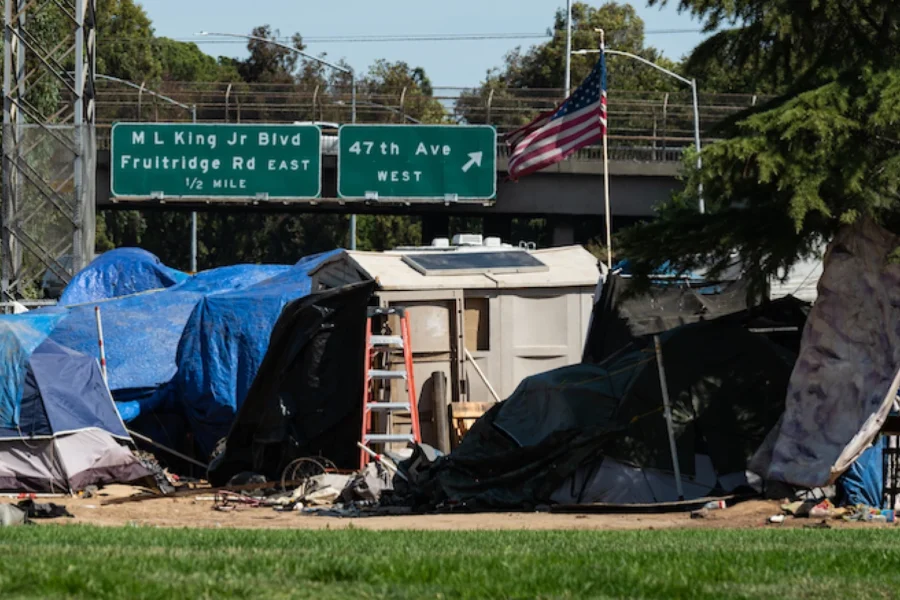
Communities throughout the country are conducting Point-in-Time counts of the homeless this month, coming face-to-face with the realities of homelessness. According to a report released in December by the U.S. Department of Housing and Urban Development (HUD), nearly 600,000 Americans were homeless at this time last year.
HUD estimates that the total number of homeless increased only 0.3 percent between 2020 and 2022, but the chronic homeless population increased by about 15 percent during that time. More than half of the respondents to a May YouGov poll said that they knew someone — including themselves — who had been homeless, even if only briefly.
Last January the Boston University Initiative on Cities, drawing on data from the 2021 Menino Survey of Mayors, reported that only 1 in 5 mayors felt they had more than “moderate” control over homelessness in their cities. Six in 10 pointed to limited funding as the biggest barrier, and close to 7 in 10 had the view that zoning was a barrier of little or no consequence, despite the impact of zoning codes on housing development.
A new policy brief from the Initiative on Cities, developed in partnership with Cornell University and the nonprofit Community Solutions, examines the homelessness plans from America’s 100 largest cities. It found that just over half of the cities had a plan, and only 30 percent of those plans mentioned land use and zoning.
“A lot of public officials are not connecting macro-level housing market conditions with homelessness rates in their cities,” says Katherine Levine Einstein, co-principal investigator of the Menino Survey of Mayors.
Improving social services won’t be enough if housing is in short supply, or too expensive. Cities with the biggest homeless problems have the highest housing costs, says Einstein, who co-authored the brief with Cornell University researcher Charley E. Willison.




